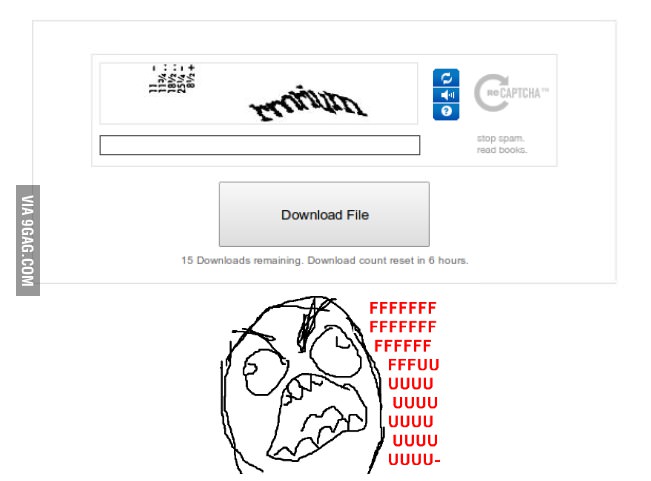4 B2B marketing strategies with a B2C twist
As the digital world expands, business buyers are being presented with an unprecedented amount of information and opportunity for choice. This power of seemingly infinite knowledge and selection creates an unparalleled competitiveness that is forcing B2B marketers to evolve their campaigns to meet the growing expectations of their consumers.
But let’s face it, a B2B marketing career isn’t particularly glamorous — we’ve got to sell some downright unsexy products. So how can we present an engaging campaign about software, chemicals or manufacturing widgets to our extremely adept potential buyers?
The most successful business-to-business marketers start with building a brand, or in other words, they think like B2C marketers. The following are four ways to help “consumerise” our marketing practices.

1. More Marketing, Less Outside Sales
First and foremost, make sure all the information a buyer wants to know is front and center. One of the great strengths of B2C marketing is the wealth of product information that is available online, transparent pricing and easy purchase options. Yes, B2B purchases are significantly more complex, but marketers can provide detailed product specifications in easy to understand terms, demos and testimonials to help educate their potential buyers.
Marketers can speed up the purchase process by offering fixed pricing, which circumvents the need to negotiate. If a product is more complex with multiple features, tiered pricing will allow buyers to stay well informed during the research process.
Allow buyers to pay by credit card. This may not be an option for every B2B company, but it can greatly simplify the procurement process. Additionally, you could offer a line of credit to your buyers or provide direct billing online.
2. Give (Some of) it Away
Lowering barriers between a product and a buyer is crucial for B2B companies. When possible, try offering a free trial to customers — this allows them to develop an idea of what they can expect when the time comes for a purchasing decision. The focus here is getting people to actually use the product rather than marketers telling them how great it is.
A free product can go a long way; however it’s important to force a purchasing decision at some point. This could come in the form of a trial expiration date or blocking non-paying users from applying some of the features.
3. Customer Challenges to Encourage Feedback
Enterprise buyers want to know what their peers think of a product. Customer testimonials are certainly nothing new in the B2B world, however new technologies are providing ways to get customer advocates more actively involved in the marketing strategy. Platforms like Influitive allow B2B marketers to create challenges (i.e. provide a product review) that customers can complete in exchange for points. Acquired points can then be redeemed for an offer, for example a $25 voucher at a coffee house chain or even a free service provided by your company.
4. Marketing Gamification
It seems “gamification” is the new digital trend craze. It’s an interactive, entertaining way to promote awareness and encourages participation, not to mention makes tedious tasks (completing surveys) a little less laborious. Turning B2B marketing into a game is a bit tricky, but has proven successful for several businesses. Consider SonicWALL, a networking company who created a game for IT professionals called The Network Security Challenge. The premise of the game is to dictate what is allowed past the “security” as potential threats arise. As the game goes on, the threats are presented at an increasingly faster rate until it becomes impossible to stop every one. What the game is teaching its users is that no one person can manually decide what to let past a firewall and that a network security solution (SonicWALL) is needed to automate the process.
As the B2B and B2C worlds continue to intersect, we are likely to see more and more B2C strategies adopted by their business counterparts. While the list here is not an exhaustive one, they are a few tips to consider when making your marketing strategy more consumer-friendly.
If you want help developing a smart B2B marketing strategy with a B2C twist, contact our Digital Manager, Veronica Nobbs: veronica@b2bpartners.nz





 Sales effectiveness and productivity are critical in today’s business world, but there’s not a competitive business today that isn’t trying to grapple with the way the internet has redefined the classic 5-step sales process — engage a customer, qualify the customer, make a proposal, close the sale and follow up.
Sales effectiveness and productivity are critical in today’s business world, but there’s not a competitive business today that isn’t trying to grapple with the way the internet has redefined the classic 5-step sales process — engage a customer, qualify the customer, make a proposal, close the sale and follow up.